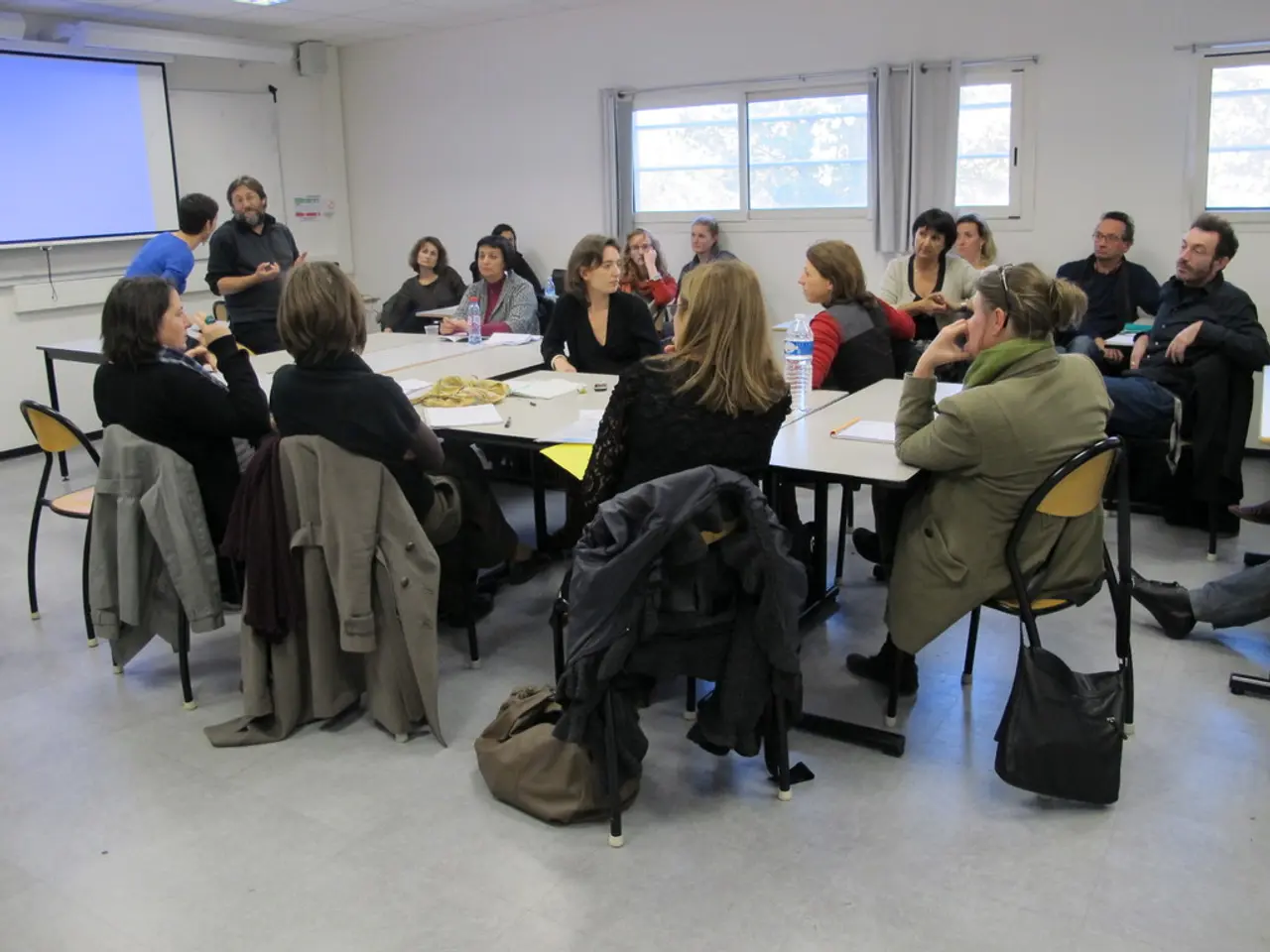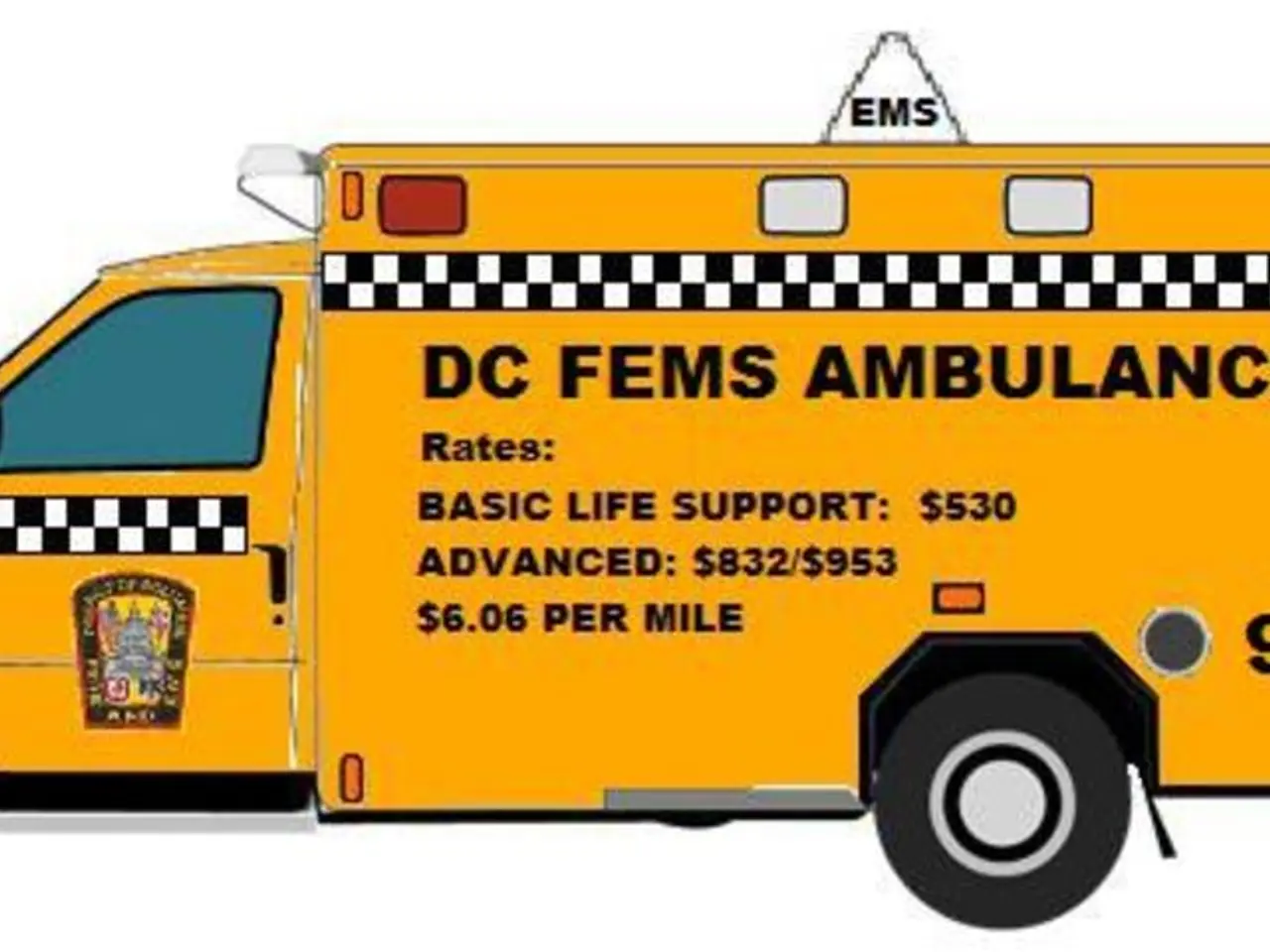Challenges Typically Encountered by Coalitions
Effective Conflict Management in Coalition Groups
Managing conflicts within coalition groups is a critical aspect of ensuring their success. These alliances, formed by individuals with a common interest or goal, can face various challenges that, if not addressed properly, may lead to frustration, division, and alienation.
One of the most common causes of conflict in coalitions is turf battles. These occur when one organization perceives another as a threat or competitor instead of an ally. Mistrust and lack of familiarity are common triggers for such conflicts. To prevent unnecessary turf battles, effective communication, shared understanding of member roles, purposes, and meeting processes, flexibility, and careful member recruitment are essential.
Conflict, however, is not always a negative aspect. It can serve as a catalyst for identifying problems that would have otherwise remained hidden, improving understanding of issues, generating new ways of thinking, and fostering a coalition's capacity to deal with differences.
When conflict does arise, assessing its criticality to the work of the coalition is essential. If the issue is critical, compromising, collaborating, welcoming differences, and bargaining are usually the best strategies for managing conflict. Group decisions should ideally lead to mutual gain, benefiting the coalition as a whole.
Practicing active listening, keeping emotions in check, and focusing on the interests of the group instead of the individuals or organizations involved in the disagreement are recommended tips for effective conflict management. Separating the people from the problem is another important strategy, as it allows for objective analysis and resolution.
A group problem-solving process typically involves defining the problem, determining what is causing it, brainstorming possible solutions, and assessing the consequences of each solution. It is helpful for a coalition to develop objective criteria for making decisions.
In the event of multiparty conflicts, strategic coalition building and flexibility are key. Leaders should strive to balance coalition alliances with maintaining communication across all parties to avoid exclusion and hostility. Flexible coalition membership is important to keep options open and reduce polarization.
Core conflict resolution techniques include constructive feedback, mediation, and compromise. Leaders should provide training and tools for these skills to help groups resolve conflicts productively or prevent them. Prompt, impartial intervention by leaders also prevents escalation.
For coalitions seeking resources and guidance, organisations such as the Asset-Based Community Development Institute and Coalitions Work offer downloadable resources on community assessment, community mobilization, and various coalition processes and evaluation.
By employing these strategies, coalition groups can create an environment where conflicts are managed constructively, relationships are maintained, and challenges are addressed collaboratively, ultimately leading to a more productive and successful coalition.
[1] Kieschnick, J. (2015). Collaborative Governance: The Challenge of Multiparty Conflict Management. Oxford University Press.
[2] Thomas-Hunt, S., & Susskind, L. (2002). The Collaborative Way: Conflict Resolution in the 21st Century. Jossey-Bass.
[3] Lederach, J. P. (2003). The Little Book of Conflict Transformation: Field-Tested Tools for Resolving our Biggest Battles. Berghahn Books.
[4] Fisher, R., Ury, W., & Patton, B. (2011). Getting to Yes: Negotiating Agreement Without Giving In. Penguin Books.
[5] Raiffa, H., & Metcalfe, J. (2006). Negotiation Analysis: The Science and Art of Collaborative Decision Making. Princeton University Press.
In the context of coalition groups, community development and rural development can be fostered through effective conflict management. Better understanding and resolution of conflicts can lead to enhanced learning opportunities, promoting education and self-development within these alliances.
Moreover, addressing conflicts constructively can aid coalition members in identifying problems that were previously unnoticed, thereby improving learning and understanding of issues related to community and rural development.




